Selling online courses is one of the biggest opportunities open to everyone today.
Great content is essential to make a course successful. However, that’s not all. You’ll also need to know how to sell online courses.
In order to promote their courses, successful course creators rely on email marketing. It’s easy to see why: email offers high ROI and easy automation.
In this guide, we walk you through the essential steps and strategies for using email marketing to promote and sell your online course. We have broken down the entire process into distinct, actionable steps.
Follow them and turn your course into a best-seller!
11 Proven steps to sell online courses with email marketing
Here are the 11 steps to effectively promote your course:
1. Build your list
Building a strong email list is crucial to promoting your online courses. Here are some key points to consider:
- Grow organically: Do not buy lists. It might be tempting to buy email lists. However, in many countries it’s not legal to send emails to people who haven’t signed up. It will damage your sender reputation. Instead, encourage sign-ups by offering valuable content or incentives.
- Keep your list clean. Regularly clean your email list in order to remove invalid or inactive email addresses. Use a trusted email verification tool to keep your list up-to-date. A good list is one that has only valid, deliverable email addresses.
- Keep it updated: Send re-engagement campaigns to win back unengaged subscribers. Offer exclusive content or discounts. That way, they’d would love to re-engage with your emails. And what about those who still don’t engage? It’d be best to move them to the suppression list.

Use these tips to build a healthy and engaged email list. It will help you promote your online courses with better results.
2. Speak to your target audience
What’s the secret to creating an online course that people actually want? Talking to your audience before you even start!
It helps you create content that truly meets their needs. Here’s how you can use email marketing to get valuable suggestions from your audience:
- Craft an engaging email: Start with a friendly and engaging email. Clearly explain that you’re working on a new course. Tell them you would love to hear their thoughts and suggestions. Make your message personal and sincere.
- Ask for specific feedback: Include questions or a short survey to guide their responses. Ask what problems they hope to solve with your course. This shows you value their opinion and are willing to tailor the course to their needs.
- Offer incentives: To encourage responses, offer some incentives. Here are some ideas:
- A small additional discount on the course
- Free access to the first three videos
- A complimentary copy of your eBook or another course
- Special lifetime deals
- Additional benefits or discounts from your partners
- Make it easy to respond: Use clear and simple language. Provide easy ways for them to reply, such as:
- A direct reply to the email
- Clicking a link to a short survey
- Filling out a quick form
- Show appreciation: Thank them in advance for their time and feedback. Let them know how their input will help create a better course.
By reaching out, you get fresh insights and build a stronger connection with your audience. This makes them feel valued and more likely to enrol in your course once it’s launched.
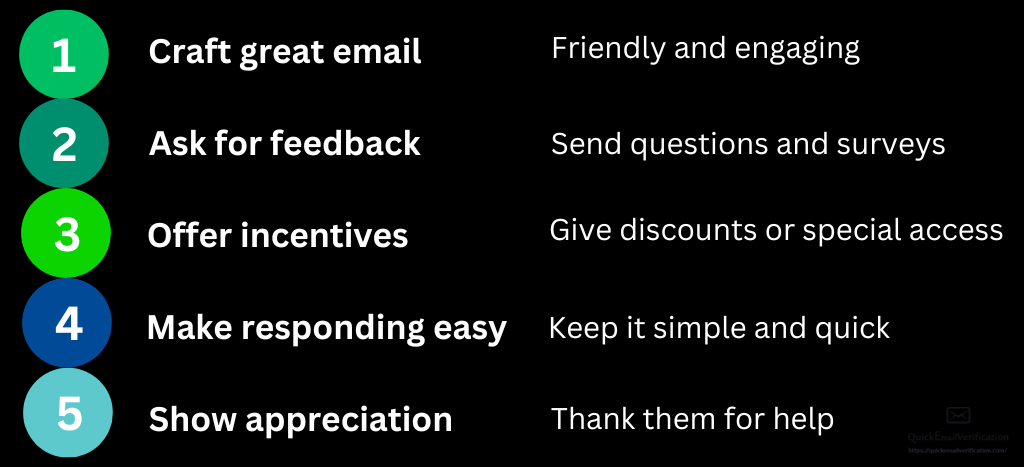
3. Establish a sales process
A solid sales process can really boost how you turn leads into customers. But when it comes to promoting your online course, it’s not just about firing off a few emails here and there. You need to design a journey that takes people from “Hmm, interesting” to “Sign me up!”
Here are two key sub-points to consider:
a) Have contents for the sales funnel ready:
A well-structured sales funnel can convert your email subscribers into paying customers. Start by creating awareness through informative blog posts, social media content, and lead magnets.
Then, nurture leads with emails that provide valuable information and build trust. Finally, encourage action with compelling offers and calls-to-action in your emails.
b) Implement email automation:
Email automation allows you to send targeted emails, based on your subscriber’s behavior and interests. Set up automated workflows that trigger emails based on specific actions.
That includes actions like signing up for a free trial or abandoning a course purchase. Email automation will ensure that your subscribers receive messages at the right time. This will increase your conversion rates.
4. Segment your list
Segmenting your email list allows you to tailor messages to different demographics. This ensures that each group receives relevant content.
The table below explains how to segment your list and what you can achieve with segmentation:
| Segmentation criteria | Key goals | How to use the information to sell more |
| Age: Segment your list into different age groups, such as 18-24, 25-34, 35-44, etc. | Tailor message | Aim to resonate with different age group’s preferences and needs. |
| Income Divide your list based on income levels, such as low, medium, and high income. | Price it right | Figure out how sensitive your audience is to price. Align pricing with each segment’s budget and spending habits. |
| Level of education: Break down your list per their education: highschool, college, postgraduate, etc. Education | Improve pitch | Pitch your courses based on different educational levels and interests. Play with content for new courses. |
| Social background: Classify list under heads like urban or rural, or career jobs vs business. | Improve course content | Understand their challenges and aspirations. Based on that, create targeted and relevant course content. |
| Past behaviour: Group subscribers based on their behavior and activities. | Personalize email content | Offer course based on their past purchases and engagement. Tweak to personalize your email content. |
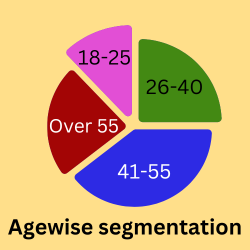
5. Decide the campaign sequence
A well-structured email campaign sequence is crucial for promoting your online course. Here’s a guide on what to cover in each email:
- First email: Introduction and teaser
- Goal: Introduce your course and spark interest.
- Content: Start with a warm welcome, introduce the course briefly, and highlight key benefits. Include a teaser or a free resource to pique their curiosity.
- CTA: Invite them to look forward to the next email for more details.
- Second email: Deep dive into course benefits
- Goal: Explain the value and benefits of the course.
- Content: Outline the main topics and skills they will learn. Share testimonials or success stories from past students. Emphasize how the course can solve their problems.
- CTA: Encourage them to learn more by replying or signing up for a free trial.
- Third email: Showcase course content
- Goal: Provide a glimpse of the course material.
- Content: Share a sample video or lesson. Include a brief overview of the curriculum. Highlight special features like interactive sessions or downloadable resources.
- CTA: Prompt them to enroll now.
- Fourth email: Address objections and offer incentives
- Goal: Overcome hesitations and provide additional motivation.
- Content: Address common questions or concerns. Offer special incentives like discounts.
- CTA: Urge them to take advantage of the offer before it expires.
- Fifth email: Final reminder and urgency
- Goal: Create a sense of urgency.
- Content: Remind them of the enrollment deadline or expiring special offer. Summarize the main benefits.
- CTA: Encourage them to act now and secure their spot.
Here’s a small figure that captures the idea of how to design an email sequence:
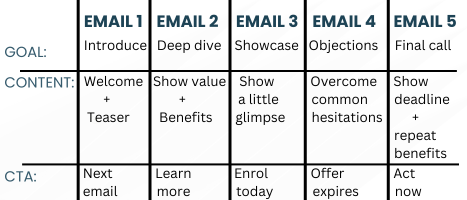
A structured sequence like the one above can guide your audience through the decision-making process. It increases the chances of converting leads into course participants.
6. Build with email marketing platforms
A great email marketing platform is a powerful ally to promote your courses. Here’s the factors to consider while selecting the email platform that’s right for you:
1. Ease of use: Look for a platform with an intuitive interface and easy-to-use features. It will make it easy to manage your campaigns.
2. Automation features: Effective email marketing relies on automation. Choose a platform that offers robust automation features like drip campaigns, automated responses, and segmentation. This allows you to send personalized emails at the right time without manual intervention.
3. Customization and templates: The platform should offer customizable templates. This helps you create professional-looking emails quickly. You should also be able to templetize drafts you send more often.
4. Analytics and reporting: Analytics are essential for tracking your campaign performance. Look for a platform that provides detailed reports on open rates, click-through rates, conversions, and more. This helps you understand what’s working and where to improve.
5. Integration: Ensure the platform can integrate with other tools you use. That includes your Learning Management System (LMS), CRM, or e-commerce platform. Seamless integration helps streamline your processes and improves overall efficiency.
6. Deliverability: High deliverability rates ensure your emails reach the inbox and not the spam folder. Research the platform’s reputation for deliverability.
7. Cost: Most platforms follow a tiered pricing model. It means that the more subscribers you have, the lower your cost per subscriber. Aim to balance what features you want and what you’re willing to pay. Don’t choose on the basis of costs alone, however.
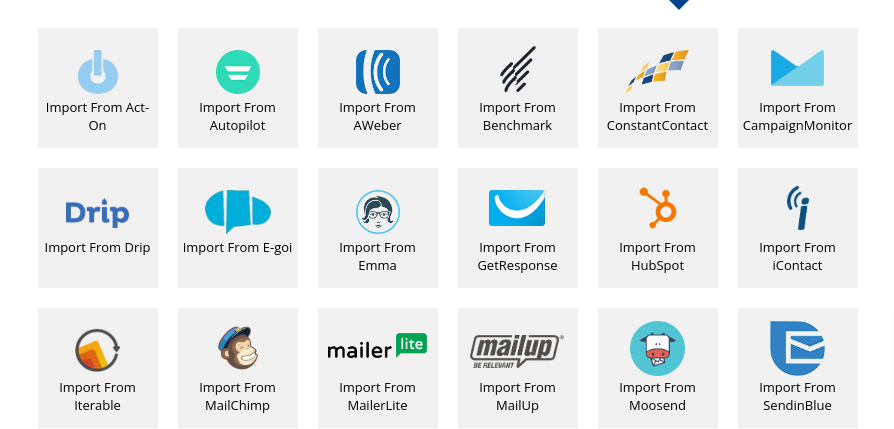
7. Use social proof
Social proof, such as testimonials from students and experts, is a powerful tool to boost your email marketing efforts. It shows potential students that others have already benefited from your course. This encourages more students to enroll.
Proactively using social proof:
- Testimonials: Include real testimonials from past students in your emails. Highlight specific outcomes they’ve achieved after taking your course. Quotes with names and photos add credibility.
- Reviews and ratings: Share positive reviews and high ratings on platforms like Trustpilot or course review sites.
- Case studies: Create case studies that show how your course has helped. Include detailed results and personal stories to make it relatable.
- Endorsements: Has your course been endorsed by industry experts? Then place these endorsements prominently in your emails.
- User-generated content: Encourage your current students to share their experiences on social media. Repost their content in your emails to show real-life examples of your course’s results.
- Social media mentions: Highlight positive mentions of your course on social media. This can include tweets, Instagram posts, or Facebook comments praising your course.
By adding social proof to your email campaigns, you can create a sense of trust and reliability. There are two advantages to using this system. One, it raises your course’s credibility. And two, it gives an edge to your email marketing strategy.

8. Building anticipation for the course
So, you’ve got this awesome course ready to launch, huh? Here’s what you can do to get your audience excited:
1. Play hard to get: Start with some teaser emails. Give ’em just enough to make their mouths water, but not everything. Say something like, “Our course will make you a Excel wizard… but how? Stay tuned!”
2. Early bird gets the worm: Offer a sweet deal for the early birds. Maybe a juicy discount or some exclusive goodies. Make ’em feel like VIPs for signing up early.
3. Use a deadline: Send out countdown emails. Nothing works like a ticking clock. Add a great countdown timers to your email and watch it deliver.
4. Sneak peek central: Give ’em a taste of what’s to come. Share a video snippet or a sample lesson. Remember your mom baking some cookies while you waited? It’s a bit like that!
5. Social media blitz: Blast your excitement all over social media. Share behind-the-scenes stuff, chat with your instructors on Instagram Live, get your fans to spread the word. Make some noise!
6. Get support from influencers: Do you know any influencers? Have them hype up your course to their followers. It’s like having a popular kid vouch for you at school.
7. Answer questions: Host a live Q&A or webinar. Let folks get to know you and ask questions.
Remember, building buzz is all about keeping your audience on their toes. Keep it fun, keep it mysterious, and watch that anticipation build until they’re eager to begin the course.
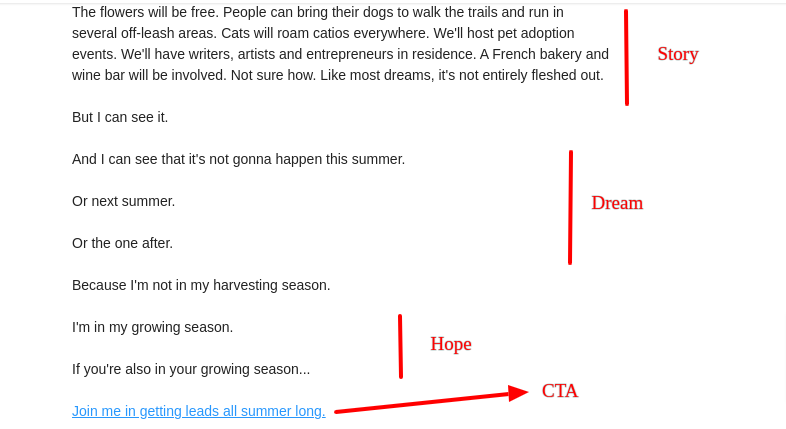
9. Presell the course
Pre-selling helps validate interest and secure early revenue. Here’s how:
1. Develop a course outline: Prepare a proper title and detailed outline of what you plan to include in the course. This gives potential buyers a clear idea of what they’re investing in.
2. Create a compelling offer: Present your course outline to your target audience over a webinar or a landing page. Set a price for the course. Mention specific goals that would justify creating and pricing it.
3. Promote the presale: Use email marketing, social media, and other channels to announce the presale. Highlight the benefits of enrolling early. Such benefits include discounts, exclusive bonuses, extra material, or early access to course materials.
4. Collect payments: Create the sales page for your presale and collect payments through platforms like Thinkific. Clearly tell your buyers when the course will be delivered.

5. Validate and proceed: Validation ensures there is enough interest to justify the effort and resources required. So once you’ve met your goals, proceed with creating the course content.
6. Engage early adopters: Keep your early customers engaged. Offer updates on the course creation process. Request their feedback and try to incorporate their suggestions. This will help build a product that really meets their needs.
7. Deliver on promises: Ensure you deliver the course within the promised timeframe. Failing to do so can lead to complaints, refund requests, and damage to your reputation.
Preselling your course helps you avoid the risk of creating content that doesn’t sell. By validating demand and securing early revenue, you set a solid foundation for a successful course launch.
10. Campaign analysis
Campaign analysis: Analyze your email marketing campaign. It will not only tell you how effective it was, but also show where you need adjustments. Focus on the below key email marketing metrics:
- Open Rate: This metric indicates how many recipients opened your email. A low open rate might suggest issues with your subject line or delivery timing.
- Click-Through Rate (CTR): This KPI measures how many recipients clicked on links within your email. A low CTR could mean your content isn’t engaging or your call-to-action (CTA) isn’t clear.
- Conversion Rate: From this measure, you’ll learn how many recipients took the desired action, such as signing up for your course. A low conversion rate may require refining your offer or landing page.
- Bounce Rate: This one tells you how many emails couldn’t be delivered. Regularly clean your email list to maintain a low bounce rate.
- Unsubscribe Rate: It reveals how many recipients opted out. A high rate suggests your content isn’t resonating with your audience.
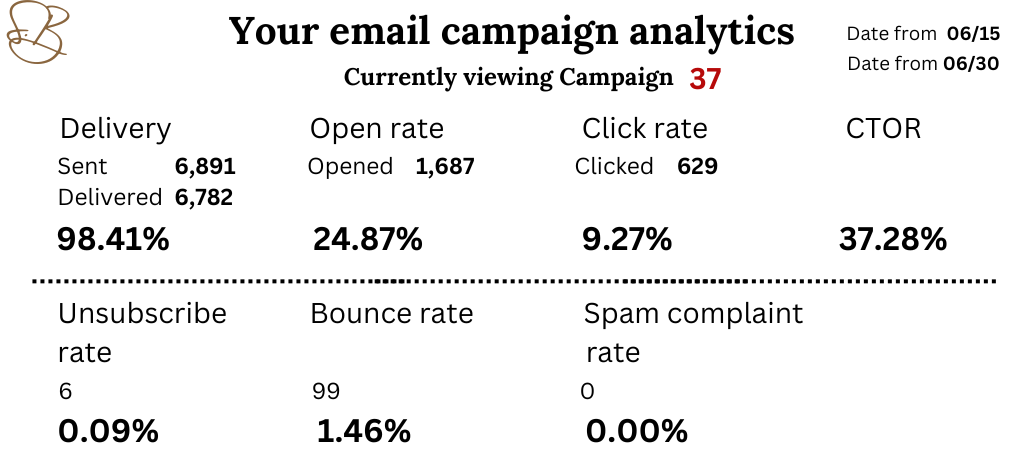
11. Follow-Up strategy
People might not buy the first time you send them an email. Hence, you’ll need a clear follow-up strategy to deal with people who didn’t respond.
- Segment your audience: Based on the analysis, segment your audience to tailor follow-up emails. Send different messages to those who opened but didn’t click, and those who clicked but didn’t convert.
- Personalize follow-ups: Use personalized messages to re-engage your audience. Mention their name and refer past interactions. Then offer relevant content or incentives.
- Automated sequences: Set up automated email sequences based on user behavior. For example, if someone clicked a link but didn’t purchase, send a limited-time discount.
- A/B testing: Continuously test different elements of your emails, such as subject lines, CTAs, and content, to see what resonates best with your audience.
- Survey and feedback: Occasionally send surveys to understand what your audience likes and dislikes about your emails. Use this feedback to improve future campaigns.
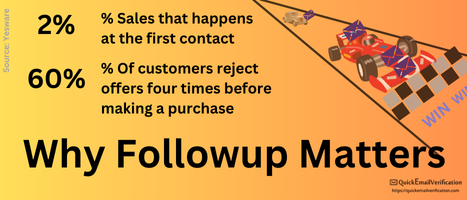
Focus on these aspects of campaign analysis and implementing a thoughtful follow-up strategy. Soon you’ll see improved engagement, increased conversions, and a stronger relationship with your audience.
Time for you to act
In the world of online education, email marketing is a powerful tool for course promotion. By sending compelling messages, segmenting your audience, and using automation, you can develop a community of eager learners.
All through, remember to measure your campaign’s success. Make adjustments according to feedback. Finally, always prioritize delivering value. With each email, you have the opportunity to engage, educate, and empower your audience.
Embrace these strategies, and watch your online course grow and create lasting educational impact worldwide. And don’t forget to grab your monthly 3,000 free credits!

